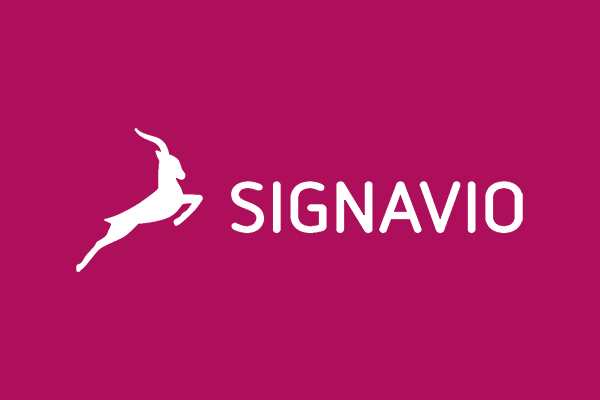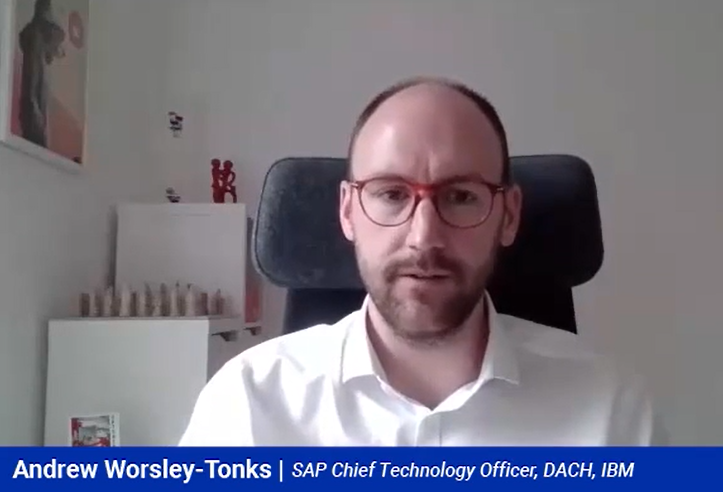Strategic Advantages of Control-M and Helix Control-M Over Native SAP SM36/SM37 Transaction Codes
Meet the Authors
Key Takeaways
⇨ Native SAP tools SM36 and SM37 provide basic scheduling and monitoring functionalities but exhibit significant limitations such as limited cross-system visibility, poor scalability, and manual dependency management, which can lead to operational inefficiencies.
⇨ To overcome these challenges, organizations are adopting advanced orchestration solutions like Control-M and Helix Control-M, which offer unified visibility across SAP and non-SAP environments, automated dependency management, and smarter alerting mechanisms to enhance operational effectiveness.
⇨ Implementing Control-M enables businesses to streamline job scheduling and monitoring, empowering non-technical users with self-service capabilities, thus reducing IT bottlenecks and improving overall agility and response times within complex IT landscapes.
As enterprises deepen their reliance on SAP for critical business operations, effective job scheduling and monitoring become essential to ensuring seamless performance. Native SAP transaction codes like SM36 (for job scheduling) and SM37 (for job monitoring) offer baseline capabilities—but as digital ecosystems grow more complex, these tools increasingly expose their limitations. To achieve true operational excellence, many organizations are augmenting their SAP environments with solutions like Control-M and Helix Control-M from BMC Software.
SM36 and SM37: Native Capabilities and Pain Points
SM36 provides basic scheduling functionality within SAP, allowing users to define job start conditions such as date, time, and user roles. SM37 enables monitoring of these background jobs. While sufficient for simple, SAP-centric environments, these tools fall short when enterprise IT landscapes involve multiple platforms, databases, file transfers, and cloud applications.
Among the key limitations:
Explore related questions
- Limited Cross-System Visibility: SM37 focuses solely on SAP jobs, offering no insight into upstream or downstream processes involving external systems.
- Poor Scalability: As job volumes increase, native tools struggle to manage complexity efficiently.
- Manual and Error-Prone Dependency Management: Dependencies between SAP and non-SAP systems must be managed manually, leading to brittle workflows.
- Limited Alerts and Notifications: SM37 offers rudimentary alerting with no smart notifications, retry mechanisms, or escalation workflows.
- Challenging User Experience: Custom coding, non-intuitive interfaces, and deep SAP knowledge are often required to operate SM36/SM37 effectively.
Ultimately, organizations relying solely on these native tools risk unnoticed failures, cascading job errors, delayed issue resolution, and reduced operational agility.
How Control-M and Helix Control-M Transform SAP Process Orchestration
Control-M and Helix Control-M address these pain points by providing a unified, enterprise-grade orchestration platform that seamlessly integrates with SAP through the BC-XBP interface. Rather than replacing SAP’s native tools, Control-M extends and enhances them, offering strategic advantages across several critical dimensions:
- Unified View Across SAP and Non-SAP Jobs: Control-M provides centralized visibility into jobs spanning SAP, databases, file systems, cloud services, and more, eliminating operational silos.
- Native SAP Integration: It integrates directly with SM36/SM37, enabling robust control over SAP background processing while preserving familiar SAP workflows.
- Advanced Dependency Management: Dependencies between SAP and non-SAP tasks are managed automatically, minimizing human error and streamlining end-to-end processes.
- Smart Alerting and Notifications: SLA management, automatic retries, and escalation policies ensure rapid response to issues, reducing downtime.
- Enhanced Audit and Compliance: Centralized audit trails, detailed change logs, and role-based access controls support stringent governance and compliance mandates.
- Self-Service Job Management: Business users can schedule and monitor SAP jobs through an intuitive interface without requiring direct SAP system access.
- Automation Across the Job Lifecycle: Integration with CI/CD pipelines, use of templates, and REST APIs enables agile development practices within SAP environments.
Conclusion: Driving SAP Operational Excellence with Control-M
By incorporating Control-M into SAP landscapes, businesses can define, schedule, monitor, and manage complete end-to-end workflows through a single, intelligent platform. Automated triggers, error handling, visual dependency mapping, and real-time notifications empower teams to operate proactively rather than reactively.
In short, Control-M and Helix Control-M do not replace SM36/SM37—they elevate them. For business technology decision-makers focused on driving resilience, agility, and governance in SAP environments, investing in Control-M delivers a clear, strategic advantage.
What This Means for SAPinsiders
Eliminate visibility silos by centralizing SAP and non-SAP job orchestration. Native tools like SM36 and SM37 limit your view to SAP-only environments, making it difficult to monitor interdependent processes across cloud platforms, databases, and third-party systems. Implement Control-M to gain end-to-end visibility and control across the entire job landscape. Start by identifying key cross-system workflows and use Control-M’s unified console to monitor them centrally.
Reduce job failures and downtime with smart alerting and automated recovery. Manual error handling in SM37 can delay response times and allow small issues to escalate. Control-M’s intelligent alerting, SLA-based monitoring, and automated retries significantly reduce these risks. Configure alert thresholds and escalation policies for critical SAP jobs to ensure faster incident resolution and improved system uptime.
Empower business teams with self-service job management and reduce IT bottlenecks. SAP’s native job scheduling requires technical expertise, limiting access to job creation and monitoring. With Control-M, business users can securely schedule, track, and manage jobs through an intuitive UI—freeing up IT resources. Deploy self-service job submission for common business workflows and establish role-based access to ensure governance while increasing agility.






